Tantalum Sputtering Target Description
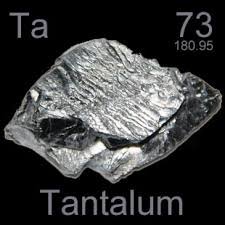 Tantalum sputtering targets are primarily used in integrated circuits and Thin Film Transistor Liquid Crystal Displays (TFT-LCDs). TFM specializes in producing high-purity sputtering targets with the highest possible density and the smallest average grain sizes. Tantalum is a rare, hard, blue-gray, lustrous transition metal that is highly corrosion-resistant and chemically inert. These properties make it an essential material for laboratory equipment, serving as a substitute for platinum, and as a minor component in refractory metal alloys.
Tantalum sputtering targets are primarily used in integrated circuits and Thin Film Transistor Liquid Crystal Displays (TFT-LCDs). TFM specializes in producing high-purity sputtering targets with the highest possible density and the smallest average grain sizes. Tantalum is a rare, hard, blue-gray, lustrous transition metal that is highly corrosion-resistant and chemically inert. These properties make it an essential material for laboratory equipment, serving as a substitute for platinum, and as a minor component in refractory metal alloys.
Tantalum Sputtering Target Specification
| Material Type | Tantalum |
| Symbol | Ta |
| Color/Appearance | Gray Blue, Metallic |
| Thermal Conductivity | 57 W/m.K |
| Melting Point | 3,017°C |
| Coefficient of Thermal Expansion | 6.3 x 10-6/K |
| Sputter | DC |
| Type of Bond | Indium, Elastomer |
| Comments | Forms good films |
| Available Sizes | Dia.: 1.0″, 2.0″, 3.0″, 4.0″, 5.0″, 6.0″ Thick: 0.125″, 0.250″ |
We also offer other customized shapes and sizes of the sputtering targets; please Contact Us for more information.
Tantalum Sputtering Target Application
Tantalum Sputtering Target Target Bonding
Specialized bonding services for Tantalum Sputtering Targets, including indium and elastomeric bonding techniques, enhance performance and durability. Thin Film Materials (TFM) ensures high-quality solutions that meet industry standards and customer needs.
We also offer custom machining of backing plates, which is essential for sputtering target assembly. This comprehensive approach improves target design flexibility and performance in thin film deposition. Our channels provide detailed information about bonding materials, methods, and services, helping clients make informed decisions.

Tantalum Sputtering Target Packaging
Our Tantalum Sputtering Targets are clearly tagged and labeled externally to ensure efficient identification and quality control. We take great care to prevent any damage during storage and transportation.
Get Contact
TFM offers Tantalum Sputtering Targets in various forms, purities, sizes, and prices. We specialize in high-purity thin film deposition materials with optimal density and minimal grain sizes, which are ideal for semiconductor, CVD, and PVD applications in display and optics. Contact Us for current pricing on sputtering targets and other deposition materials that are not listed.

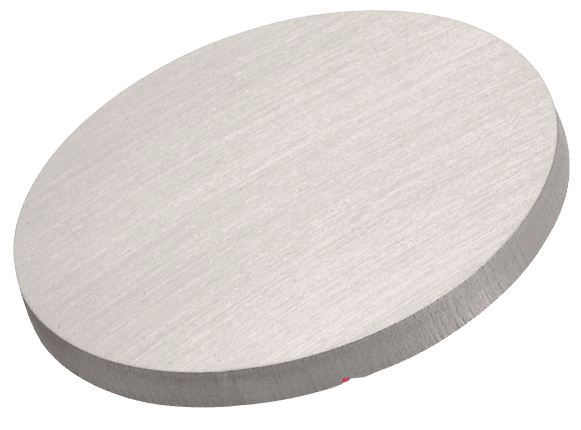
 MSDS File
MSDS File
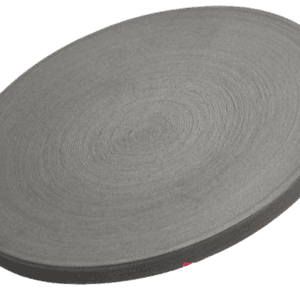
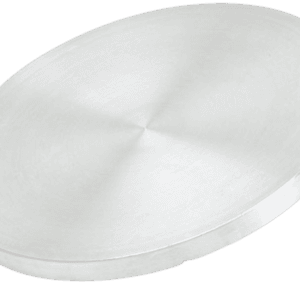
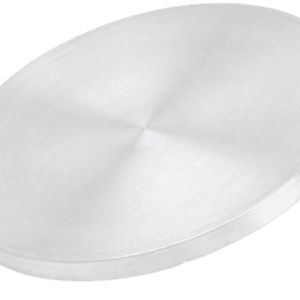
Reviews
There are no reviews yet.